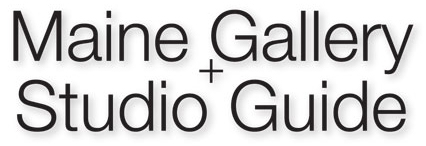
Joy to the Wind Gallery will feature “Three Good Reasons,” a group of still life and animated paintings created by Lynne Seitzer and inspired by Giorgio Morandi. The show runs Sept. 2 to 30.
New works in oil by John M.T. Seitzer will also be featured.
A First Friday reception will be held from 5 to 7 p.m. with wine and chocolate.
The earliest known still lifes were created by Egyptians in the 15th century BC. Many were these discovered on tombs. The Greeks and Romans created still lives of fruit and vessels in the form mosaics and frescoes. During the middle ages, artists incorporated symbolic arrangements into illuminated manuscripts. Later, Northern Renaissance artists popularized still life floral paintings, and by the 17th century they were painting realistic studies of everyday items. Later, they included symbols such as musical instruments, wine bottles and water jugs. These were reminders of the “vanity” of worldly goods and pleasure.

During the Dutch Golden age, artists went a step further, incorporating mementos to remind us that life is fleeting. These “vanities” often included skulls, dying flowers and rotting fruit.
The still life remained a popular feature in many art movements. Manet called the still life “the touchstone of painting.” The post impressionists, such as Van Gogh and Cezanne, adopted subject matter such as vases, vessels, flowers and fruit. Cubists Picasso and Braque found still life perfectly depicted their cubist concepts. Lichtenstein and Morandi also favored the objects of everyday life, from vases to bowls.
Giorgio Morandi (1890-1964) once said, “Still life is architecture.” Sometimes referred to as an unclassifiable artist, Morandi painted his architectural forms with subtle chalk-like colors, outwardly simple subjects that feel quiet and soft. This calming artistic simplicity prompted Lynne Seitzer to explore his process.
Initially sketching small groups of vessels, Seitzer choose three to interpret in oil. The result are paintings of very simplified human figures, some still and some in action and all maintaining the same subtle chalk tones. This small body of work invokes the history of the still life, Giorgio Morandi’s interpretations and Seitzer’s desire to be considered an unclassifiable artist.
Joy To The Wind Gallery is at 34 Atlantic Ave., Boothbay Harbor. Call 207-633-7025 or go to joytothewind.com for details.
Categories: Artists Reception, Boothbay Harbor, exhibitions, gallery, openings, shows
Tags: art

